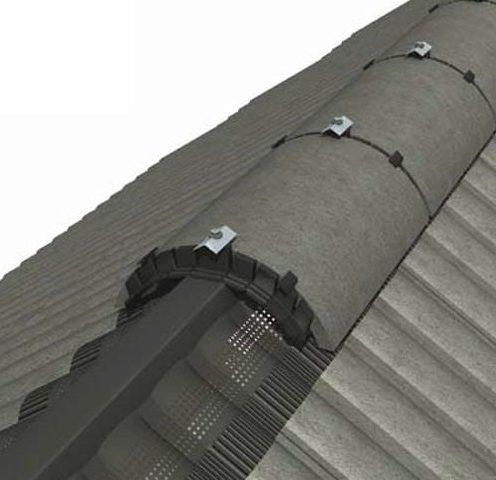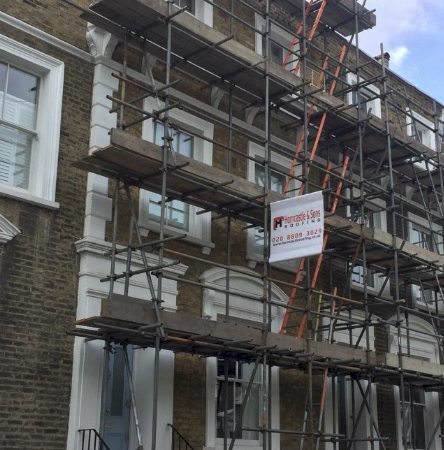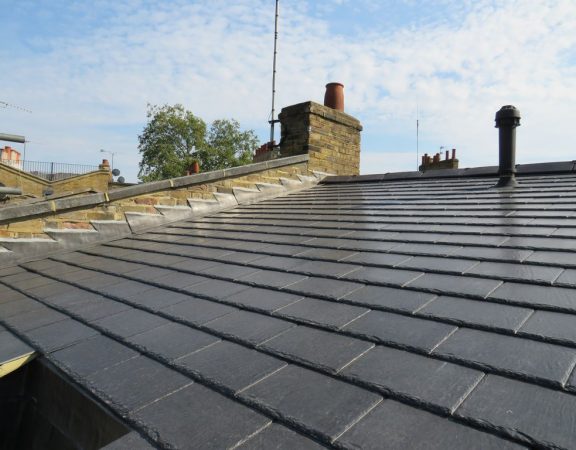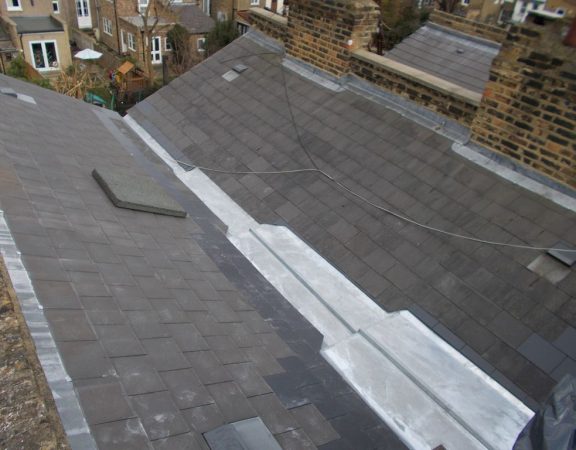DRY RIDGE SYSTEM
Since the introduction of BS 5534 mechanically fixed (Dry Ridge Systems) are now a building control requirement on all new roofs, although in the case of repairs to existing roofs, listed and period properties exemptions may apply.
A dry ridge system is a method of mechanically fixing ridge and hip tiles to a roof without the use of traditional sand and cement mortar. The ridge tiles are fixed to clamps which are installed between the joints of the ridge or hip tile clamping them to the roof. Beneath these screws are waterproof unions that catch any small amounts of water and disperses it sideways onto the roof.
The benefits of dry ridge systems
- Will not blow off – Many things can affect the lifespan or bond of mortar which can cause the ridge tiles to become loose and dangerous. Dry ridge will not blow off under normal conditions, greatly reducing the risk from storm damage.
- Maintenance – Unlike mortar there is nothing to maintain, mortar mixes will degrade over time meaning maintenance will be required to ensure that the ridge tiles are in a safe condition.
- Ventilation – Dry ridge provides discreet ventilation of the roof space and helps to stop any harmful build-up of condensation, see our previous blog regarding ventilation requirements to roofs.






